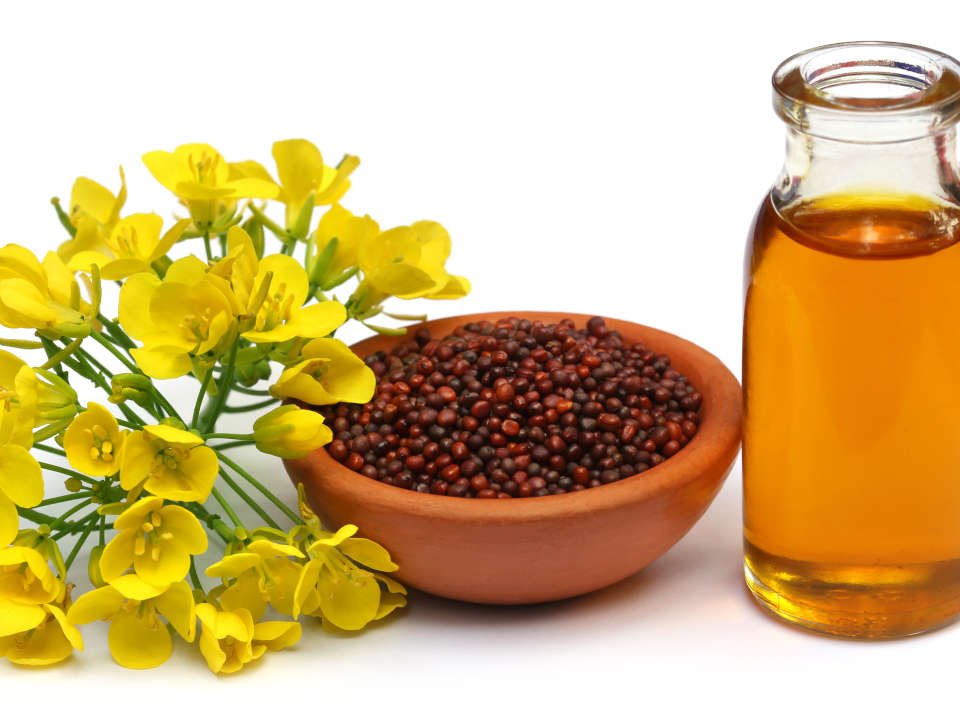A web search the history of mustard shows that its use has been traced back to mustard seed residue found in stone age cooking bowls. Over 5600 varieties of mustard have been cataloged. Mustard has a history as a medicine that is as long as its history as a food ingredient or as a condiment (mostly how it is used today).
In the 13th century, Catholic Pope John XXII was a mustard aficionado. He capitalized on the efforts of French Monks who had grown mustard plants around their monasteries since the 9th century, after the Romans brought mustard seeds to them from Italy. The seeds had been introduced to both the Romans and the Greeks, at an earlier time, through trade from Egypt.
Aside from setting in motion the bliss of superior mustard in the region of Dijon, the Pope also gave his nephew a job and a title: “Grand Moustardier du Pape,” which meant “The Pope’s Grand Mustard Maker.” The young man’s previous job had been “a gentleman of leisure.” Dijon mustard today (my personal favorite) was not formulated until much later: Middle 19th century.
In early 20th Century America, mustard rose to prominence in lower class society when someone slathered it on a hot-dog in New York City. There, mustard met its arch nemesis: ketchup. People took sides. I would balance this article by telling you the history of ketchup, but instead, let me just say, “Who cares?” I will point out that there have been, and still are, peacemakers who put both mustard and ketchup on their hot-dog, but that produces gastronomic chaos – plus, I think it might be a sin.
In the Christian Bible, Jesus is quoted, “If you have faith as small as a mustard seed, you can say to this mountain, ‘Move from here to there,’ and it will move,” Matthew 17: 20-21, New International Version. The mountain was likely Mount Tabor. Read Matthew 17: 1-13 to know what happened on that mountain earlier. By the way, Jesus did not mention ketchup.
Article Source: https://EzineArticles.com/expert/Tony_A_Grayson/1798235
Article Source: http://EzineArticles.com/10415618










